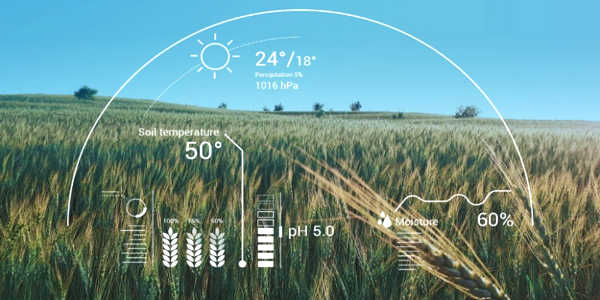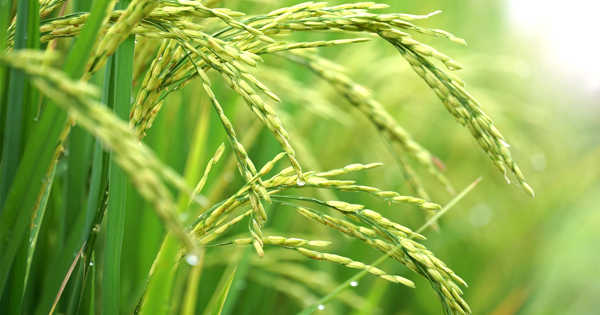Rice is the most widely grown and consumed crop on the planet. It also helps people and businesses, particularly in low- and middle-income areas. As a result, methods for ensuring abundant and profitable rice harvests are critical in ensuring global food security.
The System of Rice Intensification (SRI) provides a repeatable, long-term method for increasing rice yields. It combines basic planting and harvesting techniques such as strategically spacing plants, minimizing water, and transplanting seedlings. These exercises can be repeated in a variety of settings. While SRI has been around since the mid-1980s, there is still a need for evidence to support its claims and distinguish its techniques.
Following its dissemination to over 5,000 Bangladeshi farmers, new findings published in the American Journal of Agricultural Economics provide much-needed evidence of SRI. Similar to a randomized controlled trial (RCT) in medicine, SRI training was introduced and evaluated among rice farmers. Certain communities received training, while others did not. This resulted in a pure control group, similar to those who received a placebo or no treatment in an RCT. As a result, compelling comparisons were possible, as well as insights into the training’s related effects.
The System of Rice Intensification (SRI) brings together fundamental planting and harvesting techniques such as strategically spacing plants, minimizing water, and transplanting seedlings.
Professor Abdul Malek of the University of Tsukuba (Japan) and international colleagues Asad Islam (Monash University), Christopher Barrett (Cornell University), Marcel Fafchamps (Stanford University), and Debayan Pakrashi (Indian Institute of Technology Kanpur) carried out these randomized SRI introductions in Bangladesh and studied them from agricultural and social perspectives. The researchers’ primary focus was two RCTs conducted in 2014–2015 and 2015–2016.
“To a large extent, we already know that SRI provides good yields, among other benefits. Some have questioned its uniqueness and results, so there is still a need for evidence to back it up “Professor Malek explains. “By randomizing a large cohort of farmers, we were able to examine both the quantifiable economic benefits of SRI as well as the qualitative benefits of disseminating this agronomic training and knowledge.”

Among the outcomes, SRI increased rice yield and profit by 14–17 percent and 22–31 percent, respectively. Household well-being was also found to be higher for farmers in training communities compared to those who did not receive training. Untrained farmers in training communities were also exposed to SRI practices, resulting in a spillover effect.
Professor Malek and colleagues elaborated on the knock-on effects of this training in two previous studies. His research teams used the trials to demonstrate (1) the efficacy of introductory referrals to training and (2) the cost advantages of peer-to-peer knowledge transmission. The most recent work confirms the overall findings in a broader context, providing valuable evidence of training and SRI itself.
“We’ve covered a lot of ground in terms of proving how SRI increases productivity and farmer well-being,” Professor Malek says. “We’ve also seen how trained farmers share their knowledge. This could help to settle heated debates about SRI as a tool for increasing rice productivity and the well-being of rice farmers. It also holds great promise for agronomy in the Global South.”
Rice is Asia’s and a portion of the Pacific’s staple food. The Asia-Pacific region produces and consumes more than 90 percent of the world’s rice. With rising prosperity and urbanization, per capita, rice consumption in middle and high-income Asian countries such as the Republic of Korea and Japan has begun to fall. However, nearly a quarter of Asia’s population is still impoverished, and there is a significant unmet demand for rice. Rice consumption will increase faster in these countries. At the moment, the Asian population is growing at a rate of 1.8 percent per year, and the population may not reach a plateau until the middle of the next century. A population projection for 2025 shows an average increase of 51%, and in some cases up to 87 percent, over the base year of 1995.















